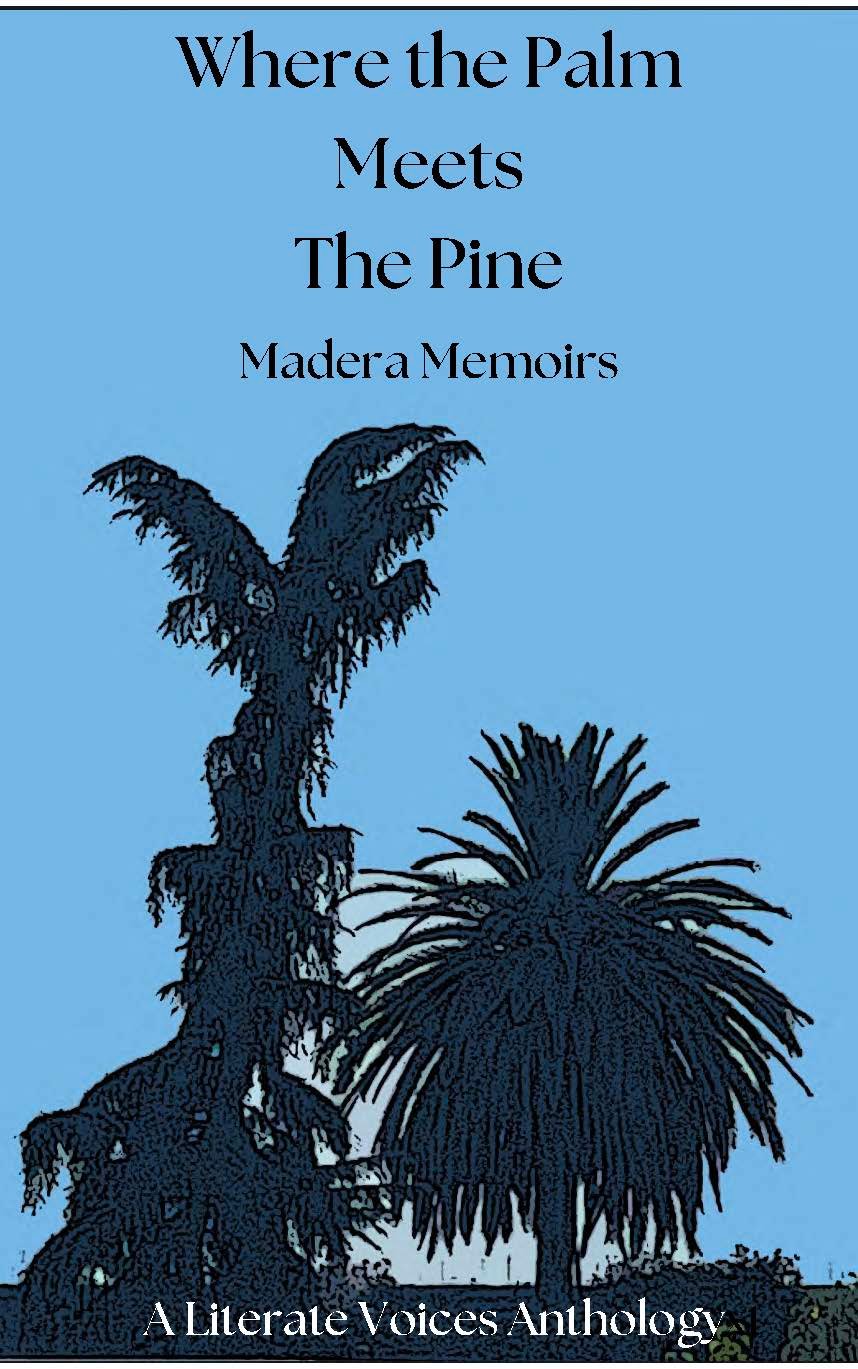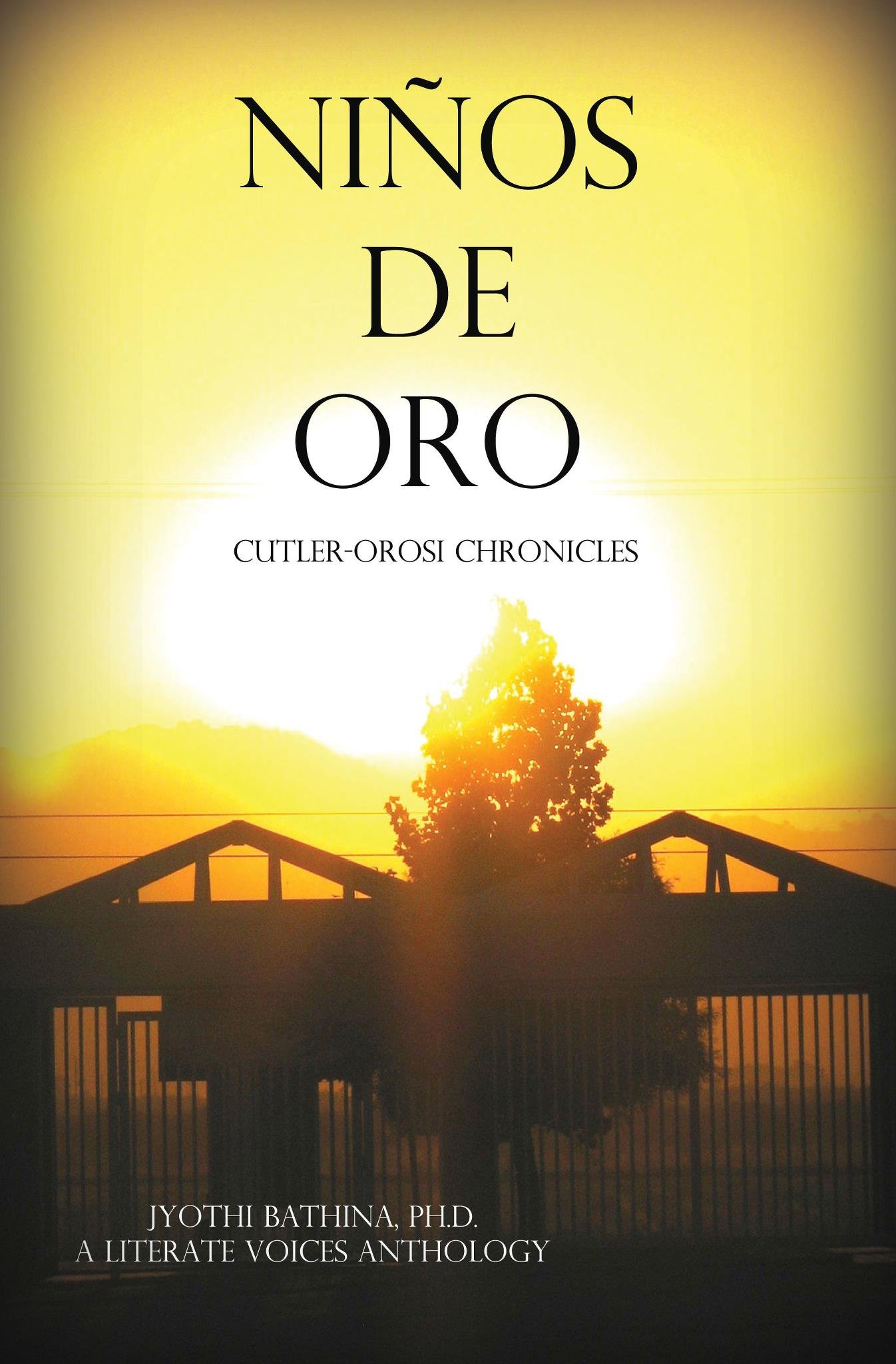Where the Palm Meets the Pine
Where the Palm meets the Pine: Madera Memoirs
Madera Unified School District
2024
Meet Madera’s young authors! In just one summer, they plunged into the world of literacy by reading, writing, working together and creating a vivid hopeful tapestry of stories that reflect their authentic life experiences.

Dreams are for Others
Dreams are for Others: Voices of the Children Left Behind
East Palo Alto High School
2007
Welcome to the world of East Palo Alto, California. A former murder capital, it is still a very dangerous place to live. Yet many of the young voices in this volume rise above their surroundings and look toward the future. They display fierce family loyalty, love, and tenderness, and hope for a chance to fulfill their dreams.
What makes this collection even more triumphant is that students who were considered struggling readers produced this work. Despite the cruel and often shocking realities that fill these pages, the beautiful, eloquent voices that emerge here are an incredible cause for celebration.

Among the Groves
Among the Groves: Lindsay Lives
Lindsay High School
2011
Among the beautiful orange groves of Lindsay, California, immigrant workers labor all day, doing backbreaking work to make a living. Their children often work alongside them, before and after school and on weekends, to help pay the rent. At night, the streets and groves are full of violence, drugs, alcohol, and gang activity. The stark poverty and the challenges it brings seem insurmountable.
The students at Lindsay High School are grateful for the beauty and saddened by the suffering that surrounds them. In this collection of powerful stories, they set out to describe their struggles and declare their dreams, unafraid to voice both the realities of the present and their hopes for a successful future.

Get Lit Podcast
Get Lit is the Literate Voices podcast which will feature short segments on effective literacy strategies, the latest literacy news, and powerful student stories.
Beyond The Fields
Beyond The Fields: Sanger Stories
Fairmont School
2010
What lies beyond the fields of Sanger, California? Is it a world of opportunity or a bleak future without hope? Whatever the answer may have been before they wrote this book, the young authors of Fairmont School have reclaimed the power to mold their own lives as they see fit. By finding their voice and using it to reflect on their personal circumstances, their funds of knowledge, and their immediate surroundings, these eighth graders have begun to explore and shape their identities as readers, writers, and agents of social change.
Their stories are powerful, moving, and eloquent. They give us an honest glimpse into the rich tapestry of experience and hope that until now lay hidden in their hearts and minds, just beyond the fields.

Ninos de Oro
Ninos de Oro: Cutler-Orosi Chronicles
El Monte Middle School
2012
Cutler-Orosi is comprised of two adjacent small towns in California’s Central Valley. Nestled among orange groves and green hills, the scene is pastoral, idyllic. Drive a little deeper along the winding dirt roads and poverty descends like a dark cloud. Many families are crowded into tiny shacks and gang violence is a fact of life.
In this collection of powerful stories, the students at El Monte Middle School come together, individually and as a community, to write their lives and have their voices heard. Their beautiful voices are the treasure that lies in wait, as yet undiscovered. Engaging in participatory action research to not only name their circumstances but to attempt to change them, they declare that they exist and they do have power to change their lives and realize their ambitions.

Against The Odds
Against The Odds
Sequoia High School
2020
It’s not easy growing up and going to school if you are from the wrong part of town. Gangs, violence, and extreme poverty often stand in the way of youth striving to succeed. In this collection of powerful stories, students set out to prove all the negative stereotypes wrong. They declare loud and clear that they do have the power to change their lives and fulfill their ambitions.

Honoring Diversity
Many years ago, when I was teaching at a small liberal arts college, and suggested introducing a course on literacy and diversity, I was immediately encouraged. Although this was a good thing, and my chair meant well, it was the term she used that bothered me. “I’m so glad you are doing this. Any efforts we can make to help our teachers manage diversity are more than welcome.” It’s the word manage that I took issue with then and continue to find disturbing today.
I see it in schools, as well as in universities, this effort to manage diversity, as if it were some unwieldy negative force that needed to be quelled and streamlined in order for us to make progress. While we have definitely moved forward from the old days when diversity was a thing to be either submerged or ignored, we still have a long way to go in moving from merely managing it to fully honoring the multiplicity of languages, cultures, religions, socioeconomic levels, abilities and identities that exist in our classrooms today.
So how can a teacher honor the diversity in his or her classroom with something more than the usual show and tell, or international food day? There are several immediate ways in which we can honor the richness our students bring and at the same time provide them with more material for honoring their own identity.
Acknowledging Students’ Funds of Knowledge
Too often, we tend to push our content, with no regard for the contents already within our students’ minds. I tend to repeat this often, but it’s an important point. Our children do not come into the classroom as blank slates. They have a wealth of knowledge, a unique perspective on the world, informed by both their circumstances and their experiences. While this perspective or knowledge may not always be positive, it is a rich soil in which to sow the seeds of further learning. When we ignore what our students bring to the table, good or bad or mixed, we are dumping more manure on a well-tilled field that is open for sowing, rather than using that opportunity to plant new ideas that can flourish.
Choosing Materials that Reflect our Students’ Lives
In our eagerness to present curriculum, we forget to take into account the
individuals we have in our classroom. An effective teacher plans carefully for the specific population they are dealing with and chooses materials accordingly. True, they may be limited in their choice of textbook, but bringing in articles on female scientists, or African American inventors, or Hmong athletes, or Latino political leaders is easy to do. If some students are interested in sports, or others obsessed with music, art or fashion, a little planning will yield plenty of materials that tie content to those specific arenas. When we tie our content to what students care about and at the same time bring in cultural references, we increase engagement and provide role models for our students, enabling them to see themselves as capable of success in their chosen field.
Honestly Discussing Stereotypes, Racism and Violence
We tend to think that such topics are taboo in the classroom. Yet, these very
topics are relevant, urgent and necessary for the well being of our students. Those who
feel that we need to stick to our content and leave such topics to counselors, are missing an incredible opportunity to reach and to teach their students. After all, what happens outside the classroom doors immediately impacts what happens inside. For real learning to occur, students need to feel safe and respected. How can they, when their teacher does not even acknowledge issues that affect their lives on a daily basis?
The classroom is often the only place where students, led by a skilled and
sensitive teacher, can discuss such topics in a balanced and safe manner. Such discussions allow them to see multiple perspectives on the same issue and to realize that others may be going through similar experiences.
I am sure there are amazing teachers out there who continue to find other ways to include, encourage and honor students from every background within their classrooms.
Unless we take the time to be mindful of who our students are, we may manage them, but we can never fully honor them.